Monitor lizards are fascinating creatures that have captivated humans for centuries. These large, intelligent reptiles are found across Africa, Asia, and Oceania. Let’s dive into some surprising facts about these remarkable animals that you might not know!
They’re Africa’s Largest Lizards
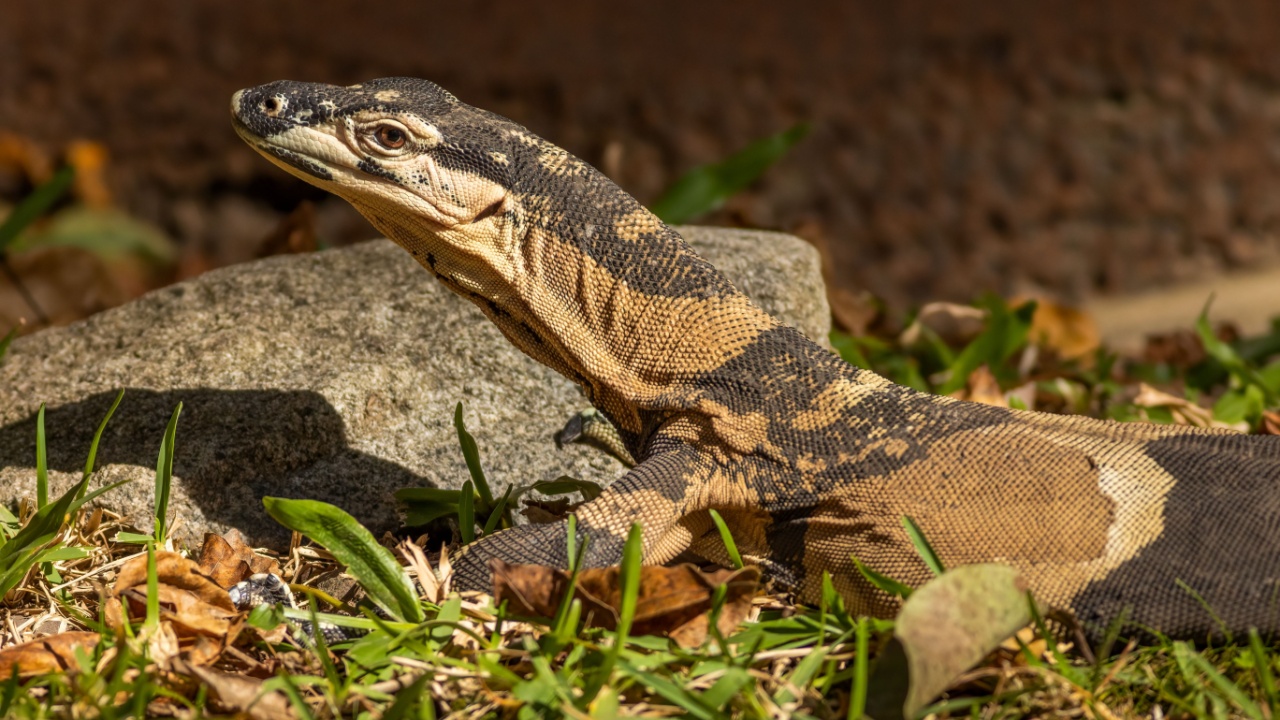
Nile monitor lizards are actually Africa’s largest lizard. These impressive reptiles can grow to massive sizes, with some specimens reaching lengths of over 7 feet! Their cousins, the rock monitor lizards, are a bit shorter but make up for it with longer tails. These giants of the lizard world are truly a sight to behold in their natural habitats.
They Have Forked Tongues Like Snakes
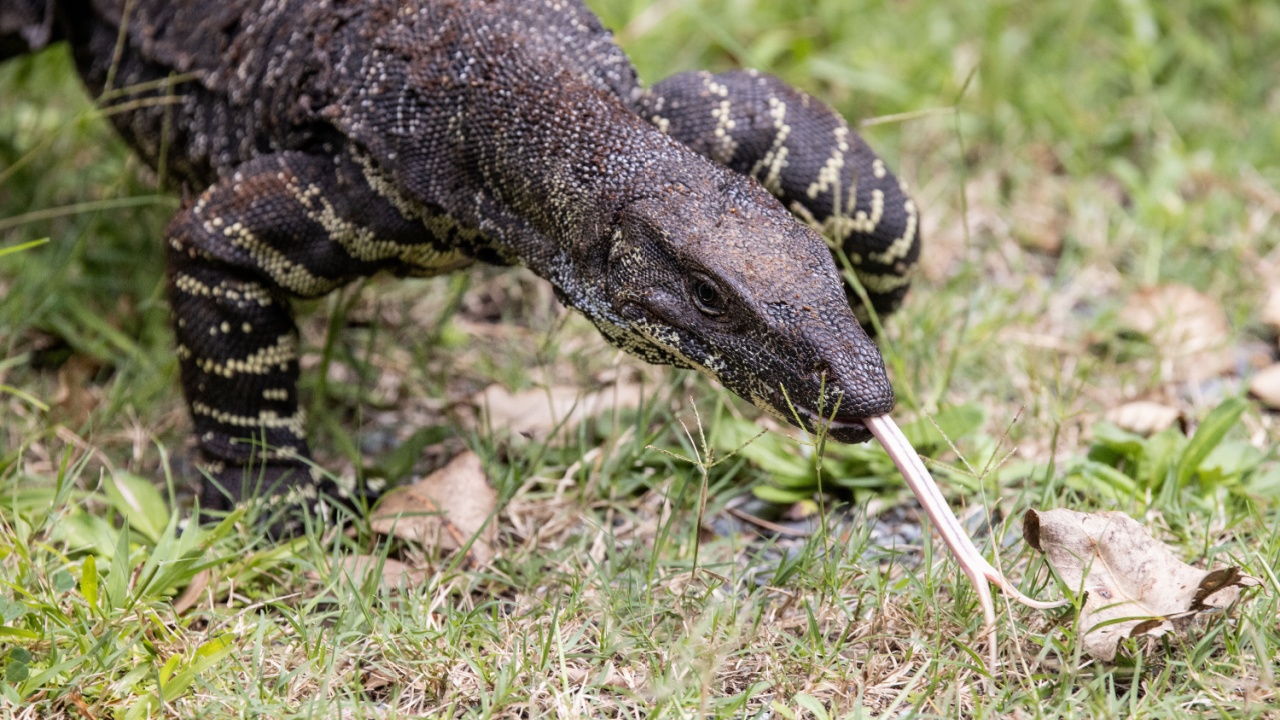
Monitor lizards have long, forked tongues that resemble those of a snake. This unique feature helps them smell and taste their environment. They flick their tongues to pick up scent particles in the air, which they then analyze using a special organ in the roof of their mouth. This allows them to locate prey, identify potential mates, and navigate their surroundings with incredible precision.
They’re Incredibly Intelligent
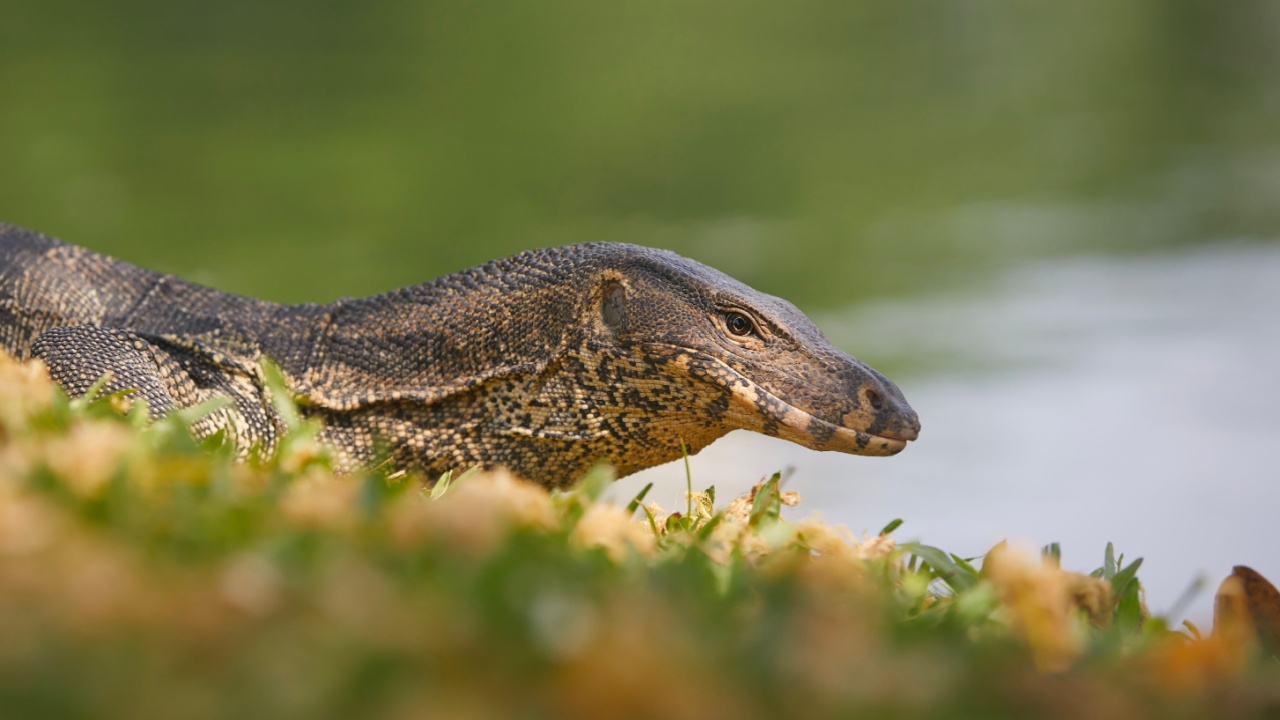
Monitor lizards are among the smartest reptiles on the planet. They can solve simple puzzles, remember solutions to problems, and even recognize individual humans. Some species have been observed using tools, a behavior rarely seen in reptiles. Their intelligence makes them fascinating subjects for researchers studying animal cognition.
They’ve Been Around for Millions of Years
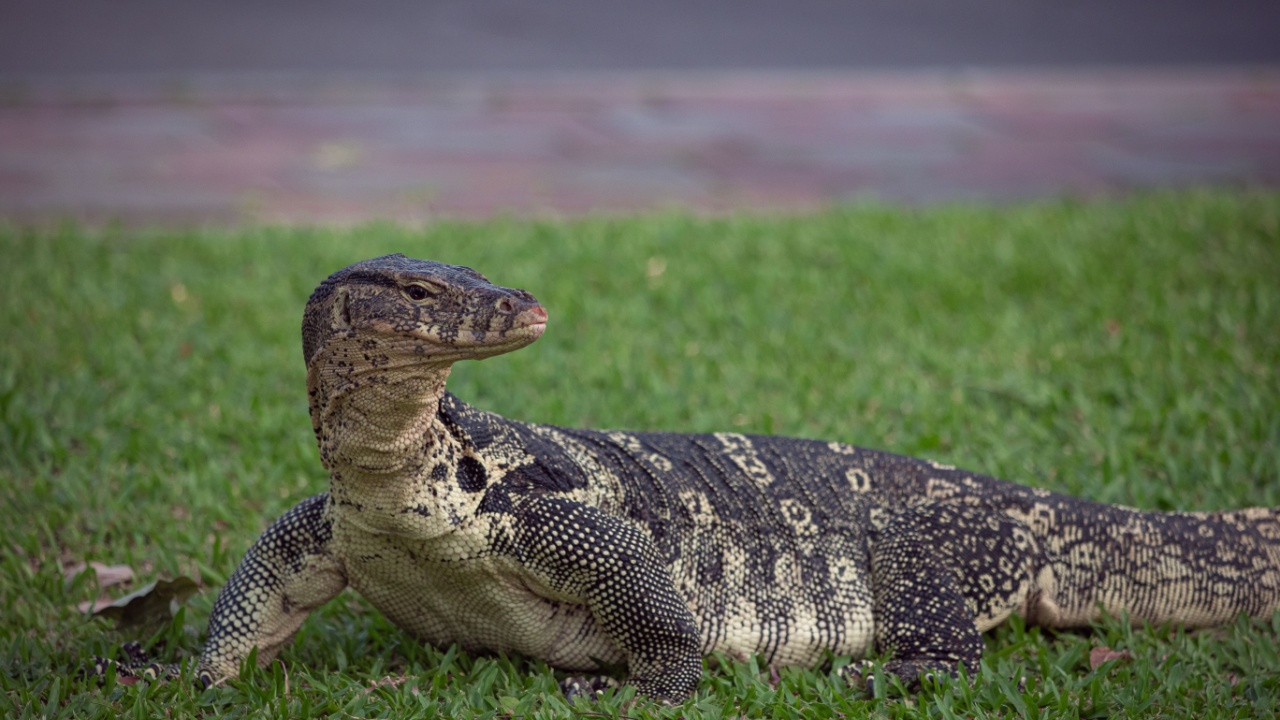
These lizards have an ancient lineage. According to experts, Komodo dragons, a type of monitor lizard, have been a stable species for 90 million years. This means monitor lizards were roaming the Earth alongside dinosaurs! Their ability to adapt and survive through major geological and climatic changes is a testament to their resilience as a species.
They’re Excellent Swimmers

Many monitor lizard species are semi-aquatic and are fantastic swimmers. They use their powerful tails to propel themselves through the water with ease. Some species can even stay submerged for up to 30 minutes! This aquatic ability helps them hunt fish and escape predators, making them true masters of both land and water.
They Have a Venomous Bite
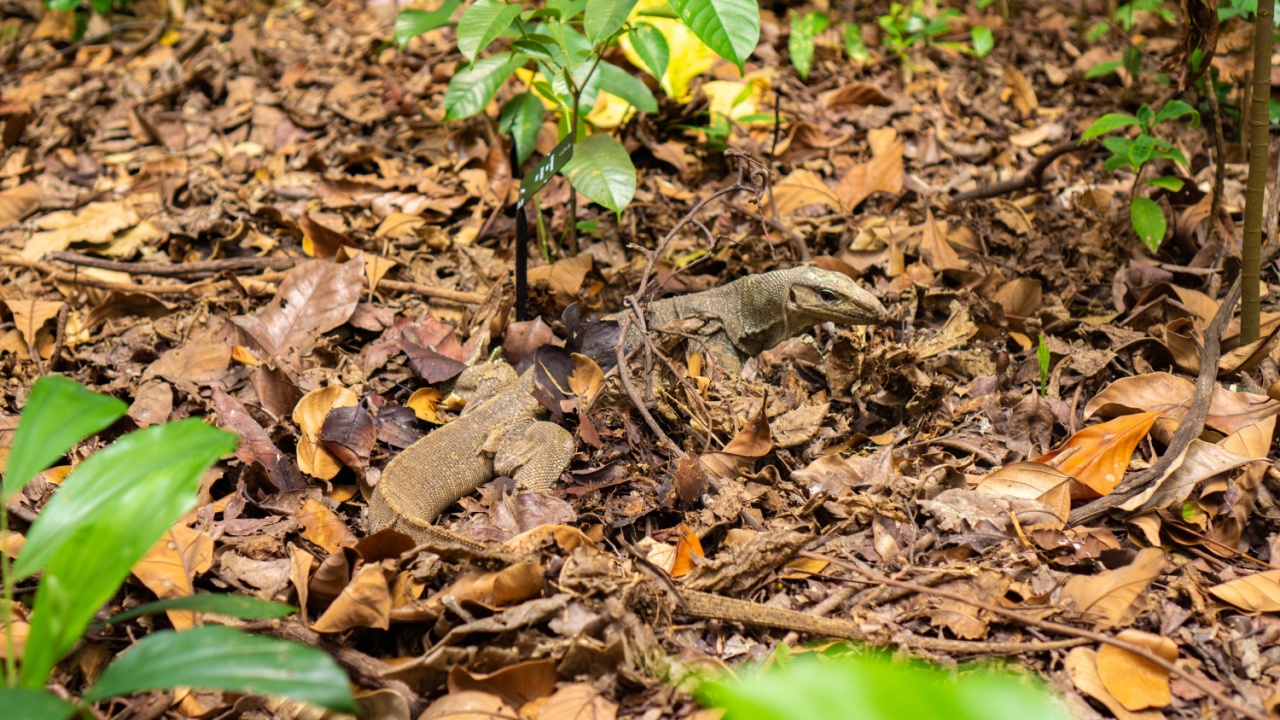
Recent studies have shown that monitor lizards possess venom glands in their mouths. While not as potent as snake venom, their bite can still cause severe pain, swelling, and blood clotting issues in their prey. This venom helps them subdue larger prey and adds another fascinating layer to their predatory abilities.
They’re Opportunistic Eaters
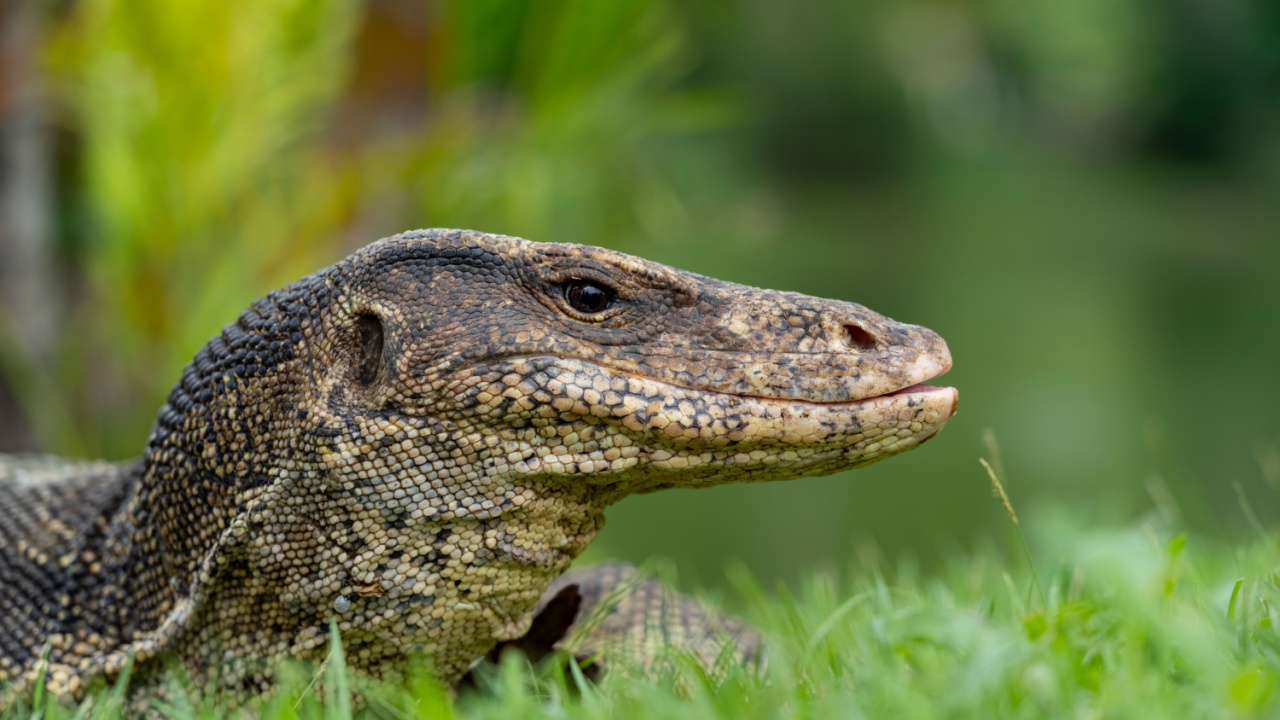
Monitor lizards have a diverse diet and will eat almost anything they can catch. From insects and small mammals to birds, eggs, and even carrion, these lizards aren’t picky eaters. Some larger species have been known to take down prey as big as deer! Their varied diet helps them thrive in many different environments.
They Have a Third Eye
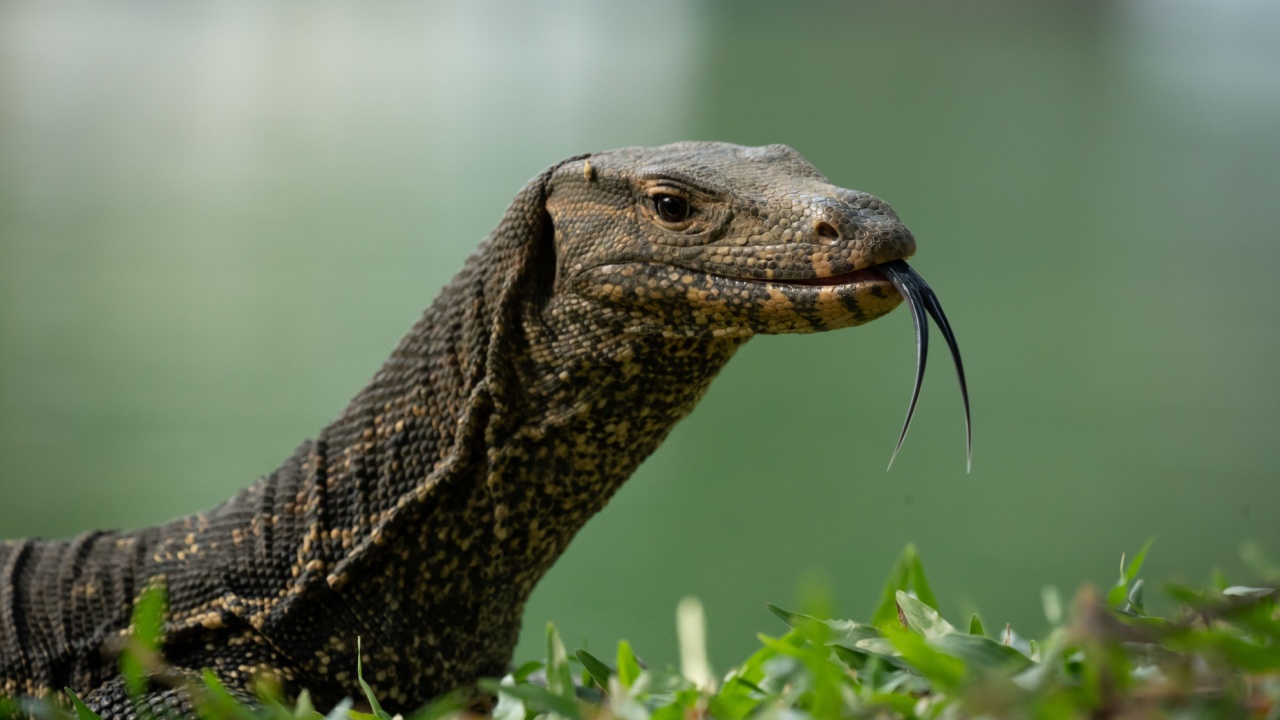
Many monitor lizards possess a unique feature called a parietal eye or “third eye” on top of their heads. While it can’t form images like their regular eyes, this light-sensitive organ helps them regulate their body temperature and navigate using the sun’s position. It’s like having a built-in compass and thermostat!
They’re Excellent Climbers
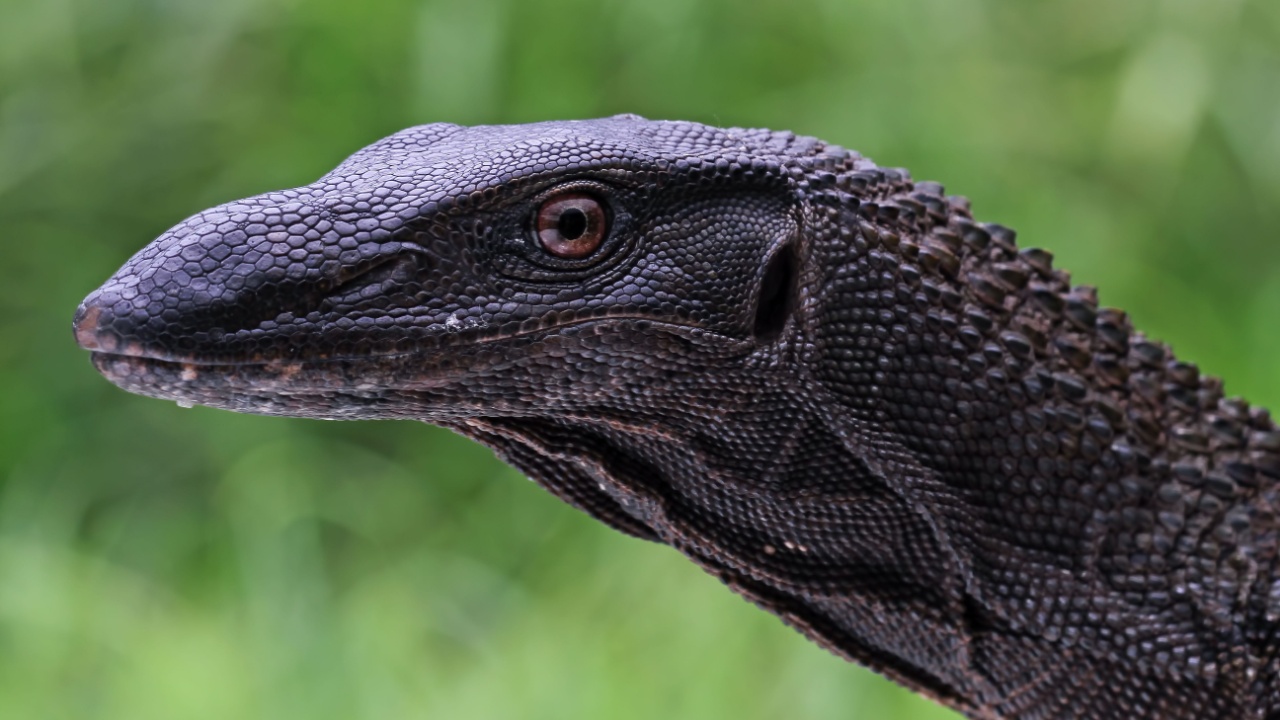
Despite their size, many monitor lizards are surprisingly agile climbers. They use their sharp claws and strong limbs to scale trees with ease. This climbing ability helps them escape predators, find food, and bask in the sun to regulate their body temperature.
They Play Dead to Avoid Predators
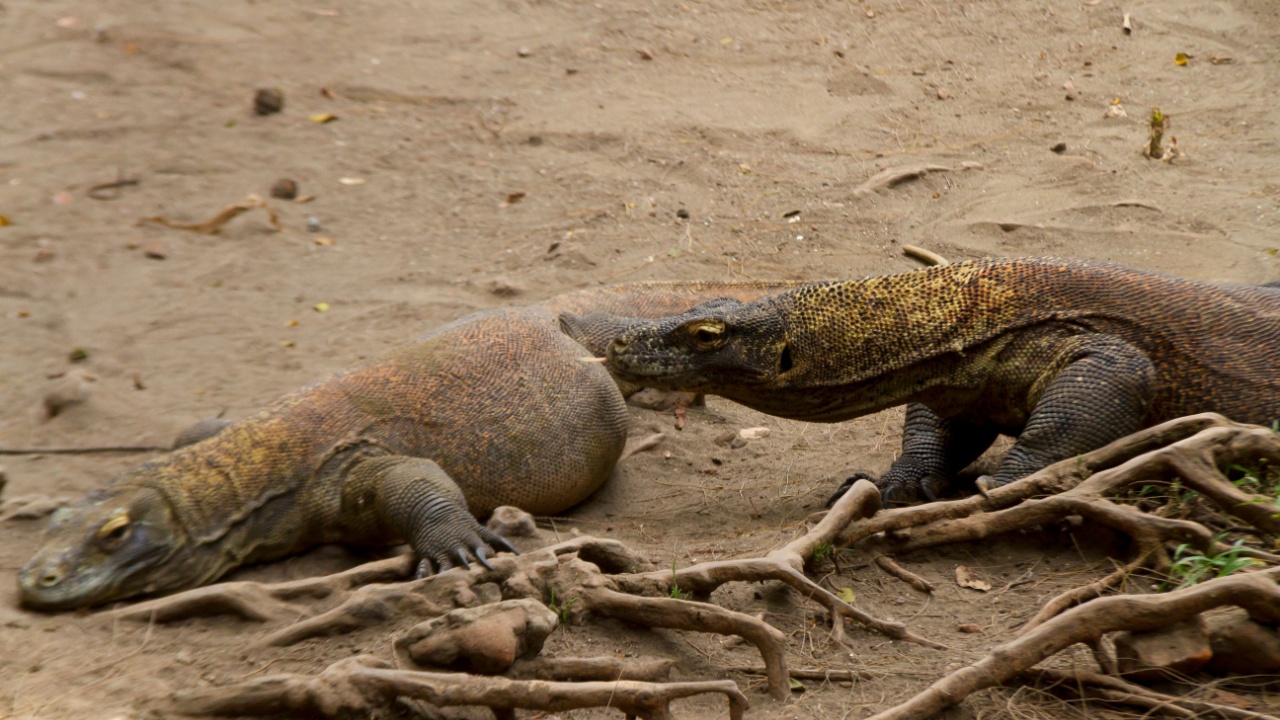
When threatened, some monitor lizards employ a clever defense mechanism: playing dead. They’ll roll onto their backs, stick out their tongues, and remain motionless to fool predators. This behavior, known as thanatosis, can be so convincing that even experienced researchers have been fooled!
They Have Incredible Hearing
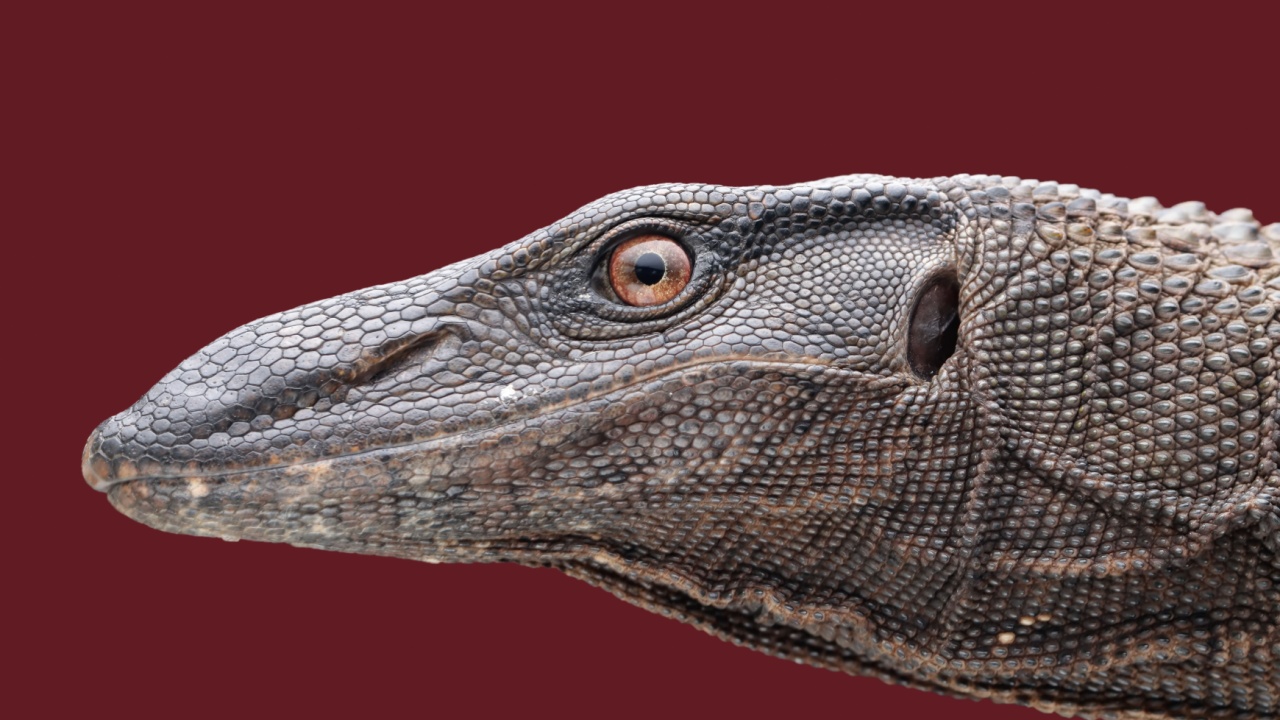
Monitor lizards have excellent hearing, which helps them detect prey and avoid predators. Their ears are protected by a thin layer of skin, allowing them to hear both in air and underwater. This adaptation is particularly useful for semi-aquatic species that spend time in both environments.
They’re Important in Many Cultures
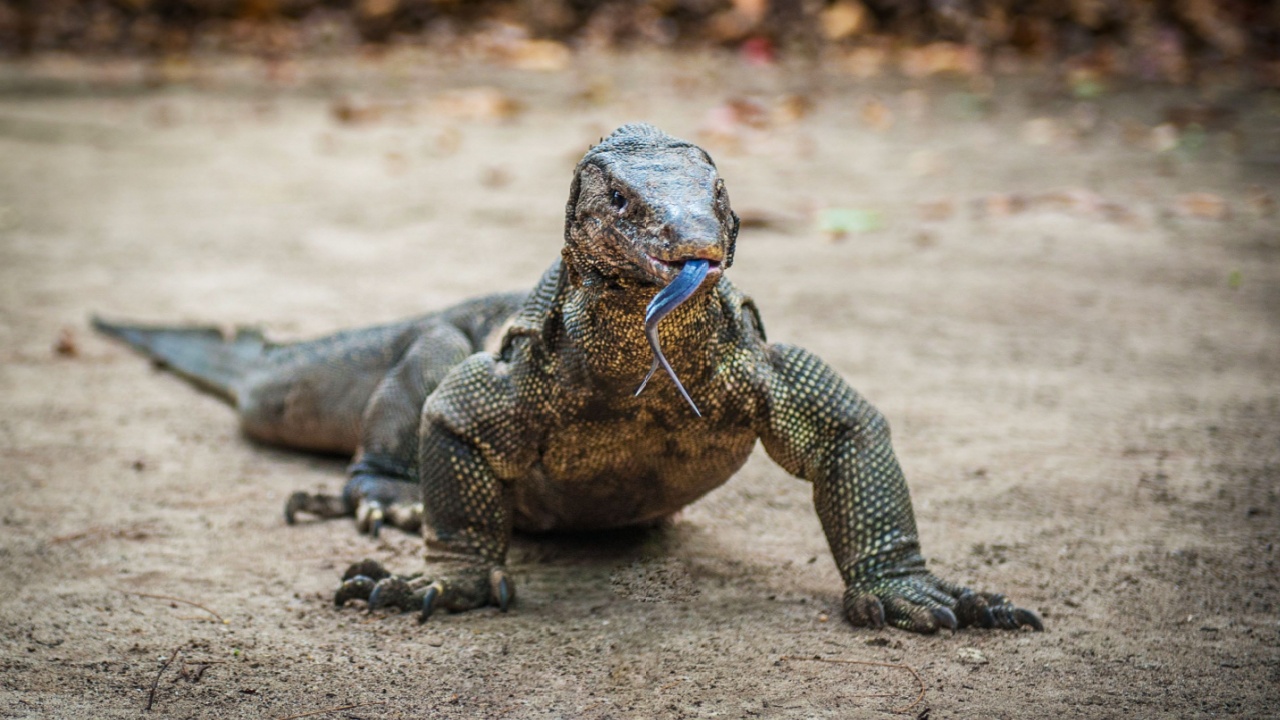
In many parts of their native range, monitor lizards hold significant cultural importance. They feature in folklore, art, and traditional medicine. In some cultures, they’re respected as powerful spiritual creatures, while in others, they’re hunted for their meat and skin. Their cultural significance highlights the complex relationship between humans and these remarkable reptiles.
They Have a Unique Reproductive Strategy

Monitor lizards have an interesting approach to reproduction. Females can store sperm for long periods, allowing them to lay fertile eggs even when males aren’t present. This adaptation helps ensure the survival of their species, especially in areas where mates might be scarce.
They’re Excellent Diggers
Many monitor lizard species are skilled diggers. They use their strong claws and muscular bodies to burrow into the ground, creating dens for shelter or nests for their eggs. Some species can dig burrows up to 10 feet deep! This ability helps them survive in harsh environments and protect their young.
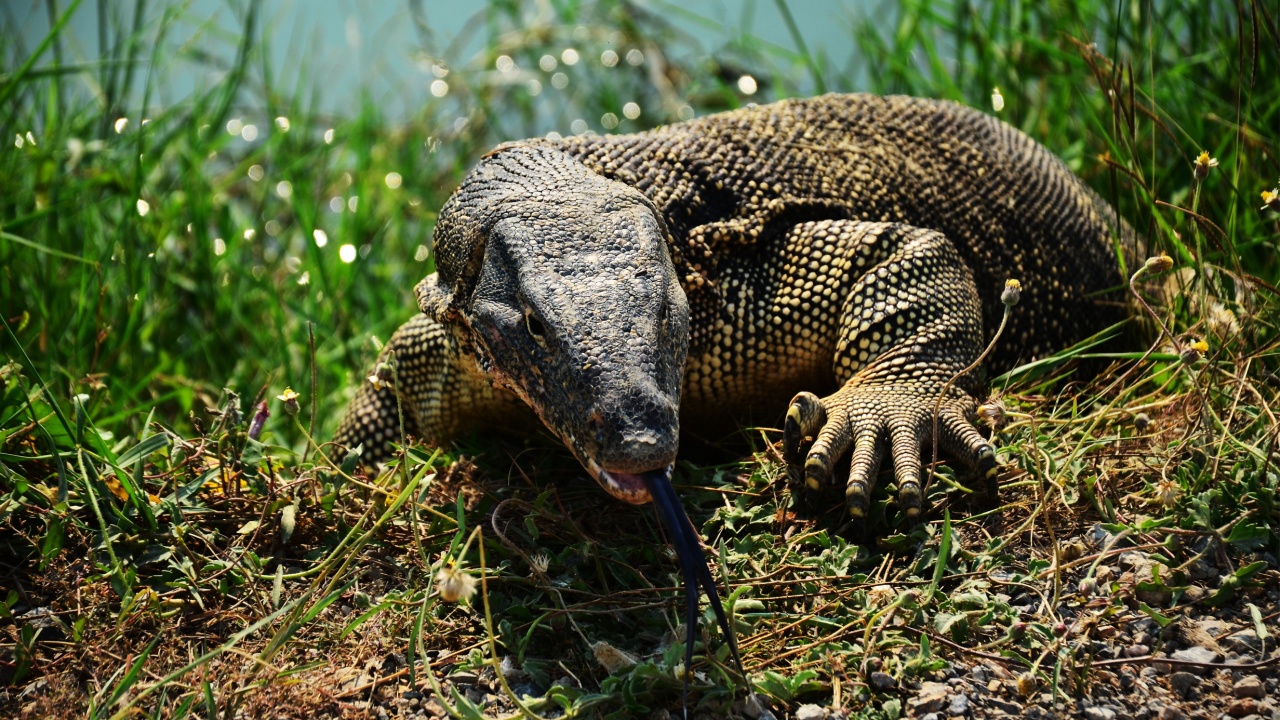
They Have a Unique Circulatory System
Monitor lizards have a fascinating circulatory system that sets them apart from other reptiles. They have a more efficient heart that can separate oxygenated and deoxygenated blood, similar to mammals and birds. This allows them to be more active and have higher metabolic rates than many other reptiles.
They’re Master Escape Artists
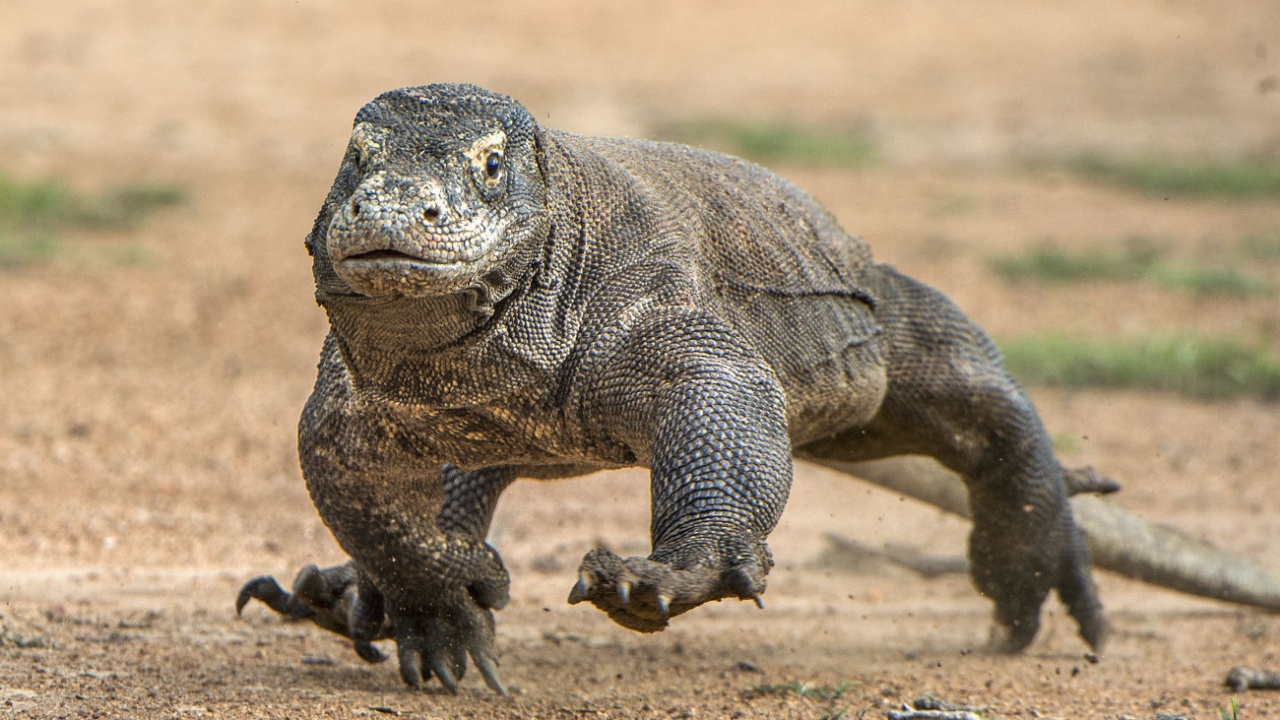
Monitor lizards are known for their incredible ability to escape from enclosures. Their intelligence, strength, and agility make them adept at finding weak points and exploiting them. This trait makes them challenging but rewarding pets for experienced reptile enthusiasts who can provide proper care and secure housing.
They Have Incredibly Fast Metabolism
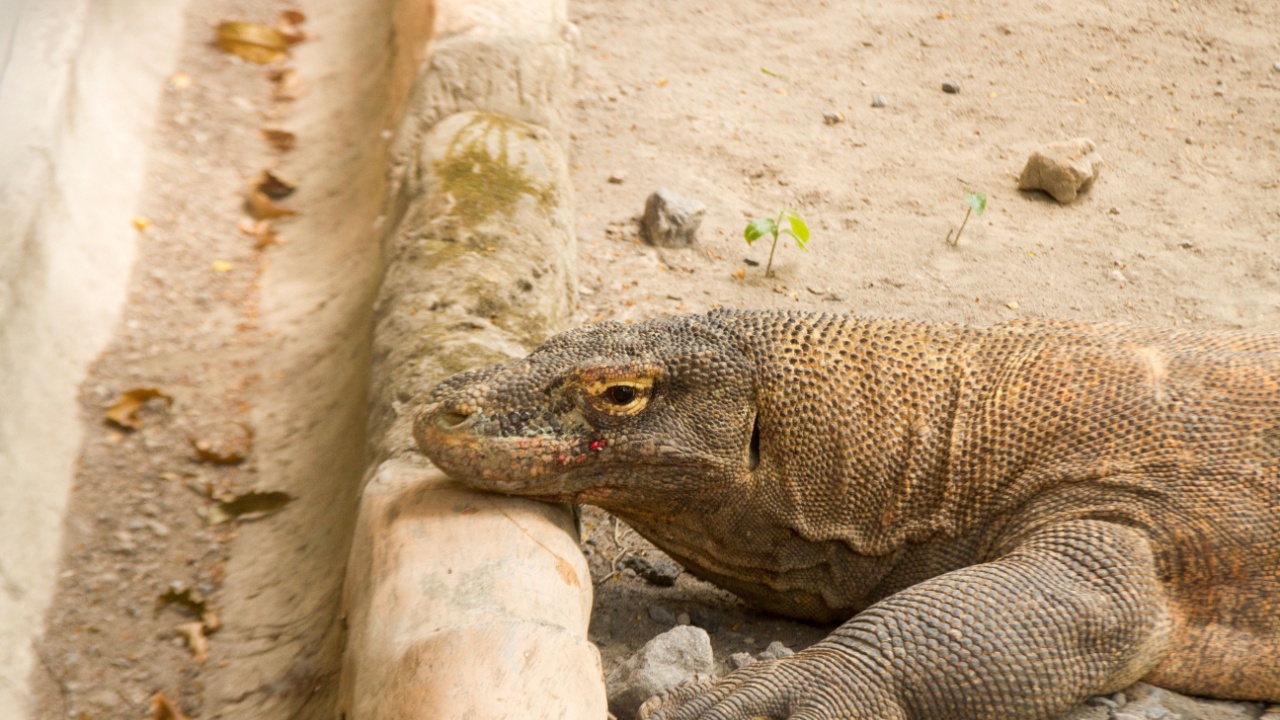
Despite being reptiles, monitor lizards have surprisingly fast metabolisms. They can process food quickly, allowing them to eat large meals and grow rapidly. This high metabolism also means they’re more active than many other reptiles and require more frequent feeding. Their unique metabolism contributes to their impressive size and active lifestyle.
They’re Immune to Some Snake Venoms

ome monitor lizard species have developed a resistance to snake venom. This amazing adaptation allows them to prey on venomous snakes without harm. Scientists are studying this immunity in hopes of developing new antivenoms and medical treatments for snake bites in humans.
Becky is a fervent wildlife enthusiast and pet care expert with a diploma in canine nutrition. Her love for animals stretches beyond the domestic, embracing the wild tapestry of global fauna. With over a decade of experience in animal welfare, Becky lends her expertise to OutlandishOwl through insightful articles, captivating wildlife information, and invaluable guidance on pet nutrition. Her work embodies a deep commitment to understanding the intricate lives of animals and a passion for educating others on sustaining natural habitats. Becky's hands-on conservation efforts and her knack for translating complex dietary science into practical pet feeding tips make her an indispensable voice for creatures great and small.




